Home>Furniture>Kitchen Furniture>Dutch Oven Vs French Oven: Which is Better?
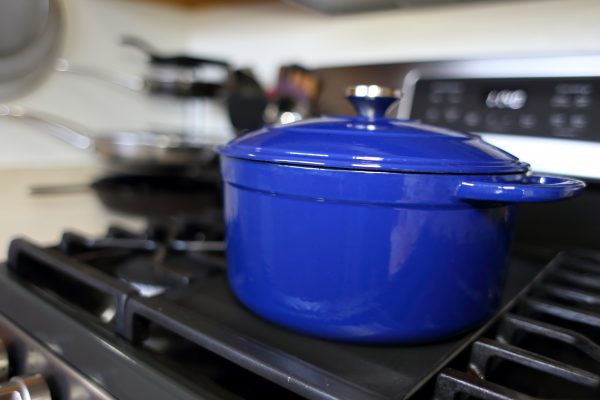
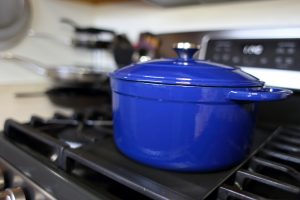
Kitchen Furniture
Dutch Oven Vs French Oven: Which is Better?
Modified: December 6, 2023
The choice between Dutch oven vs French oven may seem a little difficult at first. What's the difference between the two, really? Read on to find out!
(Many of the links in this article redirect to a specific reviewed product. Your purchase of these products through affiliate links helps to generate commission for Storables.com, at no extra cost. Learn more)
The Dutch oven has been around for centuries, settling into home kitchens as the go-to for stews, soups, pot roasts, and more. In comparison, the French oven seems to be a relatively fresh-faced competitor. But what is this mysterious new pot and how does it stack up to the old classic? Keep reading as we look at the Dutch oven vs French oven comparison.
What is a Dutch Oven?
Invented in the 1700s, the Dutch oven is a kind of pot with thick walls, a heavy base, and a secure lid. It’s typically made with cast iron, making it weightier than most other pots and pans. The material coupled with its design makes for a pot that retains heat well while also distributing that heat evenly inside. Traditional Dutch ovens are purely cast iron, though aluminum Dutch ovens have also hit the market in recent years. While they are cheaper, the aluminum Dutch ovens are generally less heavy, not as sturdy, and can’t retain heat as well as their cast iron counterparts. Dutch ovens are also known as cocottes.
Read more: How To Use Dutch Oven As Slow Cooker
Dutch Oven Uses
Traditional Dutch ovens are excellent for stovetop, oven, and outdoor cooking. Due to their cast iron nature, they’re quite effective for camping, especially with charcoal or portable gas stoves. Their efficiency with heat makes them great for cooking stews, soups, and other dishes, including certain kinds of bread. Dutch ovens can be used like a regular frying pan as well, especially if the lid can double as a skillet. Coals on top of the lid also make for an excellent makeshift outdoor oven.
How to Clean and Maintain a Dutch Oven
Cleaning a traditional Dutch oven can be one of the main drawbacks of owning one. This is mainly due to the material they’re made from. Ideally, you should avoid using soap with cast iron. The material tends to absorb flavors and the last thing you want is your food tasting like dish soap.
The soap also strips away the “seasoning” on cast iron. This is the thin layer of oil on the inside of any cast iron cookware. Seasoning is meant to extend the life of your traditional cocotte by protecting it from rust. At the same time, it makes for a surface that’s easier to work with and harder for food to stick to. Cast iron Dutch ovens need to be properly seasoned periodically. This is why traditional Dutch ovens need a lot of extra tender loving care.
Cleaning
Now, you may wonder, if you can’t use dish soap, what should you use? The answer is good old-fashioned water and heat. First, you need to scrape out as much residue from the inside of the pot as you can. A plastic scraper is ideal for this. If there are any particularly stubborn bits, salt is surprisingly good at grinding out any food remnants.
Next, put some hot water in the pot, just enough to cover the bottom. Place the pot over a stove or other heat source, and let the water simmer. Following this, you can start using a fibrous brush to clean up the sides and bottom with hot water. Empty the dirty water into the sink every minute or so and repeat the process until the water runs either completely clear or almost clear.
Finally, it’s very important to leave the pot on the heat source until all the water evaporates. Even a thin film of water on your pot can cause the cast iron to rust. After that, it’s on to seasoning.
Seasoning
Seasoning a cast iron Dutch oven is honestly a lot easier than it sounds. Just drizzle some oil on the inside while it’s smoking hot and wipe it down with a paper towel. Alternatively, you can use shortening for easier application straight to and from the paper towel. Just don’t leave too much oil or shortening on the surface or else the pot will become sticky. Interestingly enough, cooking oily foods and fats in your cast iron cocotte can also build flavors into your seasoning.
If you ever do end up using soap on your Dutch oven, just reseason the whole pot. Simply coat the cookware inside and out with your chosen oil, wipe it down, and bake it in a 450 to 500-degree oven for an hour.
Read more: How To Use A Dutch Oven On Stove Top
Dutch Oven Pros and Cons
Now that we’ve gone over what a Dutch oven is, how it’s used, and how to care for it, let’s sum up some of the pros and cons of this handy pot.
Pros
Dutch ovens are very versatile and effective cookware. Many different recipes can be made using them, and their lids can be flipped over to provide an additional skillet. Cocottes can also take a beating and hold up very well in outdoor scenarios. A quality cast iron Dutch oven can last for years, even generations, when cared for properly. Finally, the seasoning that can be achieved on a traditional cocotte is unique to its cast iron material. The flavors that are built up over different dishes add unique layers to everything prepared on this type of cookware.
Cons
Unfortunately, traditional Dutch ovens also have a few drawbacks that can’t be ignored. For starters, they’re quite prone to rust due to their cast iron material. That’s just the risk you need to take with this type of pot. In addition, cleaning and maintaining a cast iron Dutch oven can be quite tedious. It’s definitely not as simple as scraping it down and tossing it in the dishwasher or throwing it in the sink for a quick scrub. The seasoning process can get very tiring, especially if you’re always pressed for time and just want a simple pot to cook with.
Pros and Cons Summary
Pros
- Versatile use
- Retains and distributes heat evenly
- Sturdy and excellent for outdoor cooking
- Can last for years with the proper care
- Can infuse flavors unique to cast iron and its seasoning
Cons
- Prone to rust
- Cleaning and maintenance can get tedious
What is a French Oven?
At first glance, you may notice that French ovens look rather familiar. In fact, they may seem even more familiar than the traditional Dutch oven that we’ve been talking about. This is because they’re actually Dutch ovens with a fresh coat of paint! Or, in this case, a fresh coat of enamel.
It isn’t just that either. In recent years, French ovens have actually been labeled as Dutch ovens, and many have taken over the market as such. The truth is that French ovens are a type of Dutch oven. Le Creuset first developed the French oven in the 1990s, but the name itself never stuck. Now, all French ovens are Dutch ovens, but not all Dutch ovens are French ovens.
These two types of potmanyumber of similarities, from their heavy bottoms to their thick walls and their ability to retain heat. The main difference is the enamel coating over the cast iron that comes with every French oven. As you’ll see later, this coating makes all the difference.
French Oven Uses
French ovens are used in much the same way as Dutch ovens. They’re great for baking bread, making soups, long roasts, and hearty stews. Throw one in your wall oven and you’re good to go! However, in terms of Dutch oven vs French oven versatility, French ovens tend to fail at being rough and tumble outdoor cookers. The enamel coating makes them just a tad bit less resilient. It can chip, rub off, and get damaged if not cared for properly, which is what makes French ovens better for home cooking.
How to Clean a French Oven
Cleaning a French Dutch oven is ultimately much easier than cleaning a traditional Dutch oven. Since the enamel coating protects the cast iron, you can use soap without worrying about any seasoning. This doesn’t give you free rein though. You can’t be too rough on the enamel or it’ll chip or lose its non-stick coating, so no rough scrapers or metal spools. For tougher remnants that won’t get off your pot, we recommend putting down some baking soda and rubbing it in with a soft sponge.
French Oven Pros and Cons
Like Dutch ovens, French ovens also have their pros and cons, which we’ll be looking at in this section.
Pros
As a sort of subset to Dutch ovens, French ovens benefit from many of their advantages. They can distribute and retain heat just as well as their cast iron counterparts, and they can be used for many of the same recipes. In addition to all of these, French ovens are much easier to clean and require no seasoning. There’s no worrying about rust either. Due to their enamel coating, French ovens also come in many more colors than traditional Dutch ovens.
Cons
The French oven’s enamel coating sadly does add a few weaknesses to the design. For starters, it makes it more difficult to use a French oven in an outdoor camping setting due to the risk of damage. Also, since this coating can chip and wear down, the French oven is prone to becoming less evenly heated. If the inside of the pot has a spot where the enamel is worn thin, that area will tend to get hotter and colder faster than the surrounding interior. Losing layers of the enamel coating also costs the pot its nonstick property. Thankfully, if you order a high-quality French oven, this breakdown will take a good long time.
Pros and Cons Summary
Pros
- Distributes and retains heat well
- Versatile use
- Easier to clean and requires no seasoning
- Comes in a variety of designs and colors
Cons
- Enamel coating reduces its sturdiness
- Damaged enamel coating can lead to inconsistent heat spots and loss of nonstick properties

Dutch Oven Vs French Oven
So, now that we’ve discussed both pots, it’s time to put the Dutch oven vs French oven against each other to see which is the ideal cookware for you. Neither of these options is cheap, after all, so you’ll want to make sure you make the right decision.
On the one hand, the traditional Dutch oven is certainly much more resilient if you have the time and patience to maintain it. Cast iron isn’t going to develop uneven heating spots since it has no fixed coating to rub off. That’s certainly what makes it the better choice if you’re looking for a camping pot.
Meanwhile, on the other hand, you have the fashionable French oven. This enameled Dutch oven holds its own in the kitchen, and it’s certainly much more convenient when it comes to cleaning and maintenance. Sadly, it’s also a little less resilient. It will suffer performance loss if its coating gets damaged or thinned.
When pitting an enamel Dutch oven vs a cast iron one, you need to take your lifestyle into account. If you go outdoors a lot and are willing to clean and season your pot properly, then a traditional Dutch oven would be perfect. For those who don’t have a lot of time on their hands but still want a reliable pot, we say go for the enameled French oven. The choice is yours.
| Metric of Comparison | Dutch Oven |
French Oven |
| Material | Cast iron | Enamel-coated cast iron |
| Appearance | All black | Multiple designs |
| Sturdiness | Very sturdy, but prone to rust | Enamel layer prone to thinning and chipping in cheaper models |
| Cleaning and Maintenance | Requires very careful cleaning and seasoning | Easier to clean with no need for seasoning |
| Outdoor Use | Excellent for camping | Enamel coating may chip if used roughly outdoors |
Frequently Asked Questions about Dutch Oven Vs French Oven
-
Read also: 15 Best French Door Wall Ovens for 2024
What’s the difference between a Dutch oven and a French oven?
A French oven is basically a Dutch oven with an additional layer of enamel. Traditional Dutch ovens are made from exposed cast iron and are fantastic for outdoor camping. Meanwhile, a French oven has that protective layer of enamel that keeps the cast iron inside from rusting. French ovens are easier to clean but also easier to damage.
-
Which is better Dutch oven or French oven?
The answer to this question depends on your lifestyle. A traditional Dutch oven would suit someone who’s frequently camping. You also need to have enough time and dedication to maintain the pot’s seasoning. Easy-to-clean French ovens are more for the homebodies or those who don’t have the time to care for a cast iron pot.
-
What are French ovens good for?
French ovens are excellent for braising and roasting meats, making stews, baking certain kinds of bread, and much more. Many of the things a Dutch oven can do, a French oven can tackle. Just be sure to take good care of the enamel coating and you’re in for the perfect versatile pot.
Conclusion
Isn’t it interesting that the Dutch oven vs French oven debate is between such similar pots? With their only difference being an enamel coating, you’d think there’d be little to no change. Yet, as we’ve seen, the opposite is true. It just goes to show that even the smallest variations in design can make all the difference. Either way though, both pots have more than proven their worth in the kitchen. The only question now is, which will you pick up next?
Was this page helpful?
At Storables.com, we guarantee accurate and reliable information. Our content, validated by Expert Board Contributors, is crafted following stringent Editorial Policies. We're committed to providing you with well-researched, expert-backed insights for all your informational needs.
![[cusinel] Double Dutch Oven for Dutch oven vs French oven](https://storables.com/wp-content/uploads/2022/07/cusinel-Double-Dutch-Oven-for-Dutch-oven-vs-French-oven-300x300.jpg)
![[outdoor plus] 2-In-1 Cast Iron Dutch Oven for Dutch oven vs French oven](https://storables.com/wp-content/uploads/2022/07/outdoor-plus-2-In-1-Cast-Iron-Dutch-Oven-for-Dutch-oven-vs-French-oven-300x228.jpg)
![[Lodge] Outdoor Cast Iron Dutch Oven for Dutch oven vs French oven](https://storables.com/wp-content/uploads/2022/07/Lodge-Outdoor-Cast-Iron-Dutch-Oven-for-Dutch-oven-vs-French-oven-300x300.jpg)
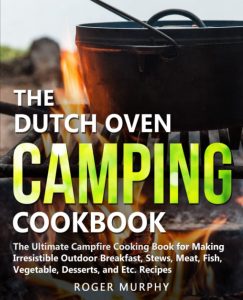
![[Diliboz] Campfire Tripod for Dutch Oven](https://storables.com/wp-content/uploads/2022/07/Diliboz-Campfire-Tripod-for-Dutch-Oven-284x300.jpg)
![[Mr. Bar-B-Q] Natural Hardwood Lump Charcoal](https://storables.com/wp-content/uploads/2022/07/Mr.-Bar-B-Q-Natural-Hardwood-Lump-Charcoal-140x300.jpg)
![[cuisinel] Plastic Pan Scraper](https://storables.com/wp-content/uploads/2022/07/cuisinel-Plastic-Pan-Scraper-300x290.jpg)
![[Eco Being] Natural Kitchen Scrub Brush Set](https://storables.com/wp-content/uploads/2022/07/Eco-Being-Natural-Kitchen-Scrub-Brush-Set-300x296.jpg)
![[Nutiva] Organic Shortening](https://storables.com/wp-content/uploads/2022/07/Nutiva-Organic-Shortening-300x288.jpg)
![[Le Creuset] Signature Enameled French Oven for Dutch oven vs French oven](https://storables.com/wp-content/uploads/2022/07/Le-Creuset-Signature-Enameled-French-Oven-for-Dutch-oven-vs-French-oven-300x176.jpg)
![[Le Creuset] Signature Enameled Round French Oven for Dutch oven vs French oven](https://storables.com/wp-content/uploads/2022/07/Le-Creuset-Signature-Enameled-Round-French-Oven-for-Dutch-oven-vs-French-oven-300x224.jpg)
![[M-COOKER] Enameled 3-Quart French Oven for Dutch oven vs French oven](https://storables.com/wp-content/uploads/2022/07/M-COOKER-Enameled-3-Quart-French-Oven-for-Dutch-oven-vs-French-oven-300x188.jpg)
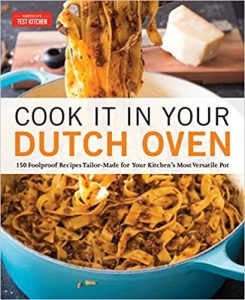
![[Frigidaire] Freestanding Gas Range for Dutch oven vs French oven](https://storables.com/wp-content/uploads/2022/07/Frigidaire-Freestanding-Gas-Range-for-Dutch-oven-vs-French-oven-186x300.jpg)
![[Premium Levella] Electric Range for Dutch oven vs French oven](https://storables.com/wp-content/uploads/2022/07/Premium-Levella-Electric-Range-for-Dutch-oven-vs-French-oven-150x300.jpg)
![[Zwipes] Microfiber Cleaning Sponges](https://storables.com/wp-content/uploads/2022/07/Zwipes-Microfiber-Cleaning-Sponges-300x201.jpg)
![[ARM and HAMMER] Pure Baking Soda](https://storables.com/wp-content/uploads/2022/07/ARM-HAMMER-Pure-Baking-Soda-300x300.jpg)
![[Dawn] Ultra Dish Soap](https://storables.com/wp-content/uploads/2022/07/Dawn-Ultra-Dish-Soap-239x300.jpg)
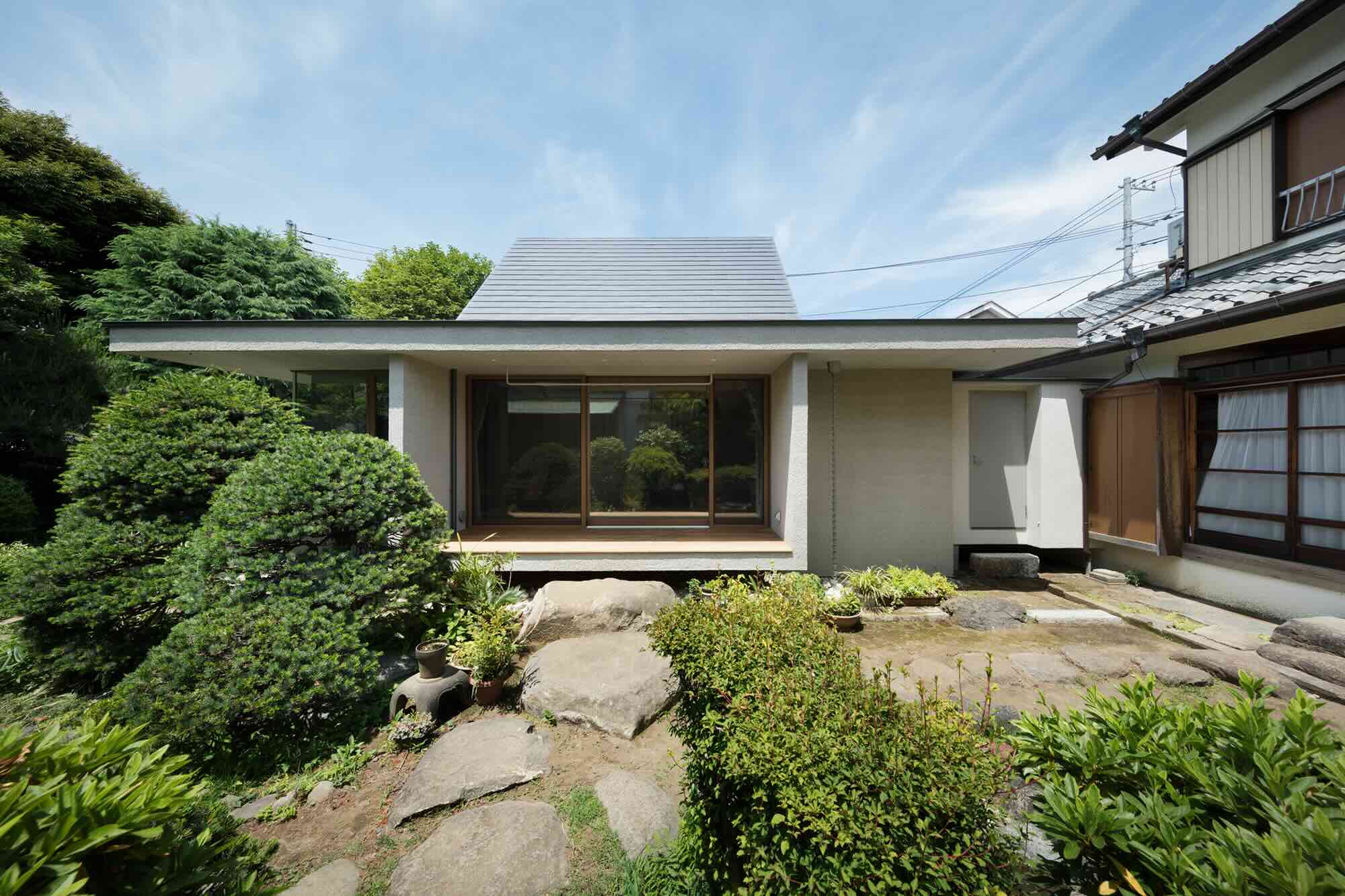
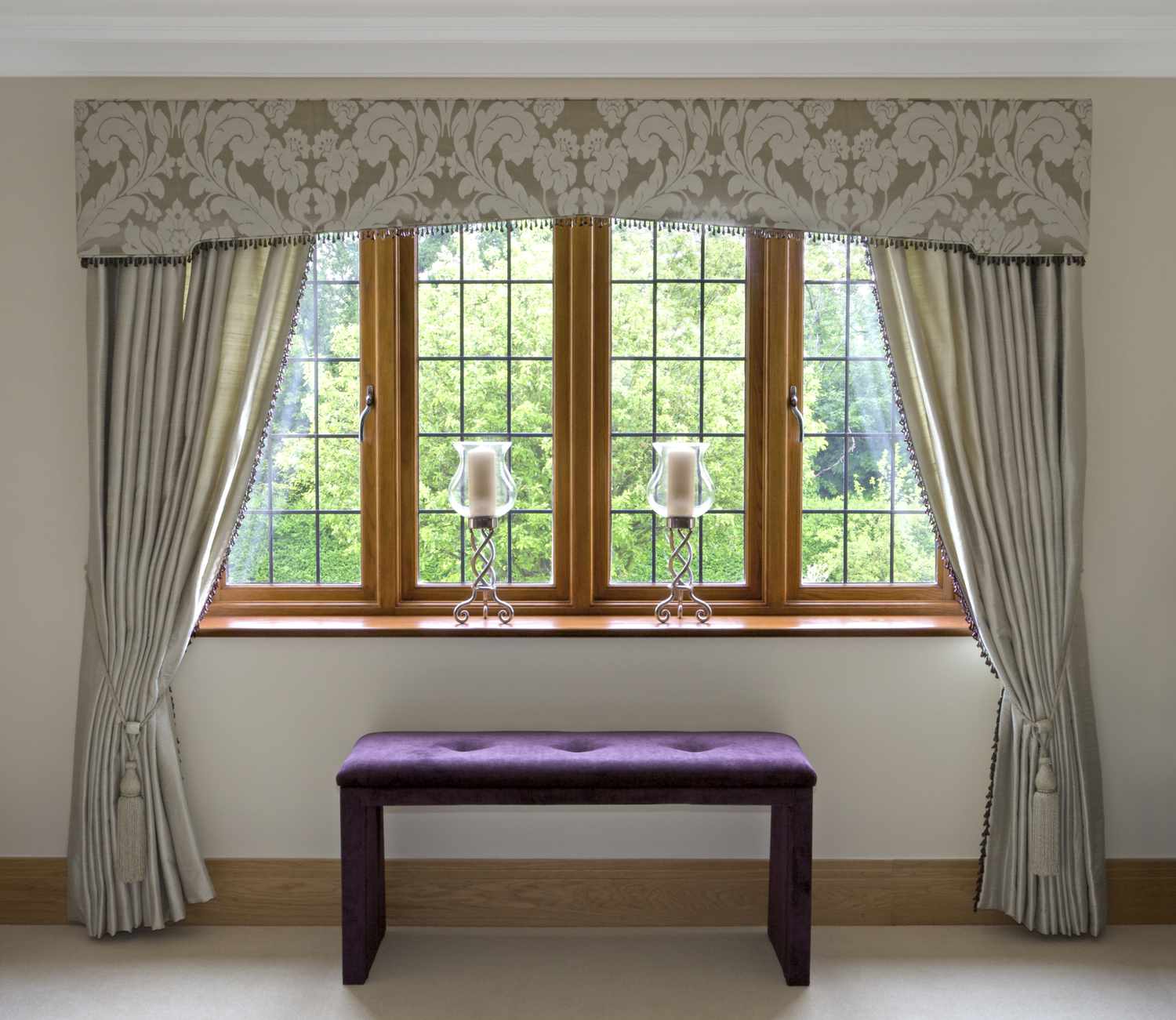
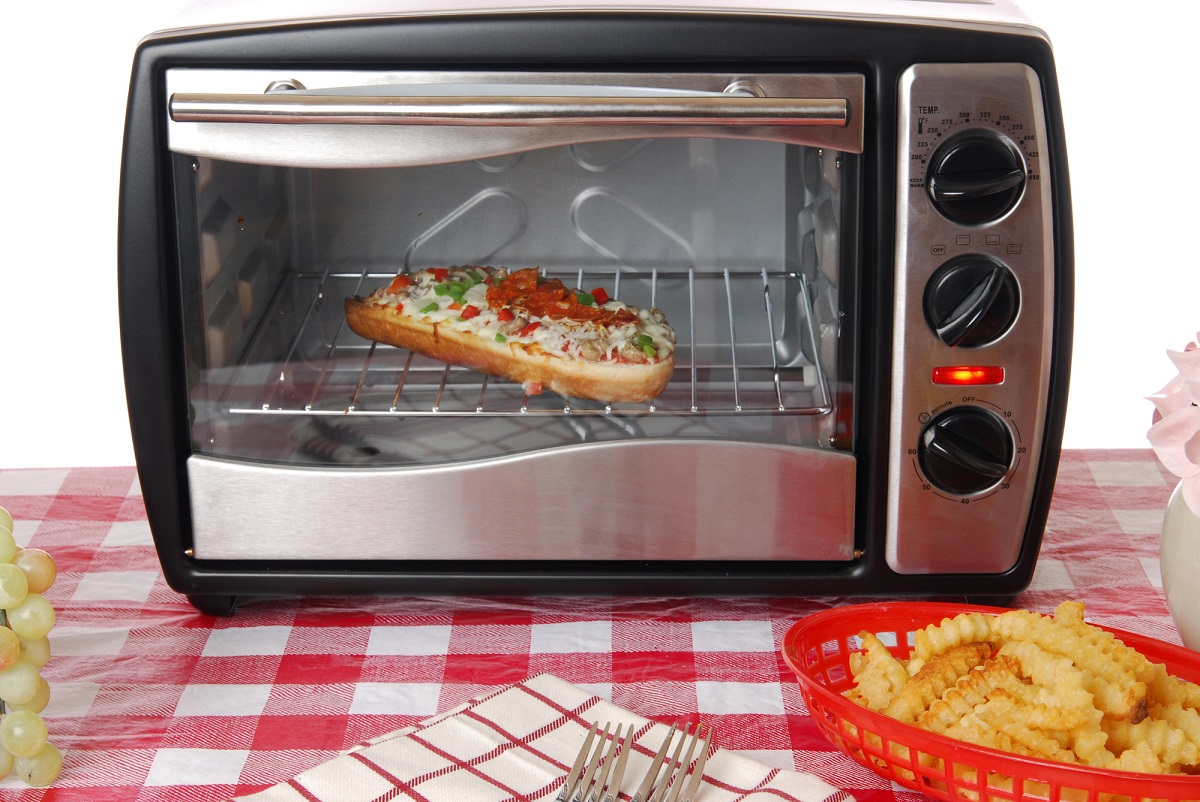
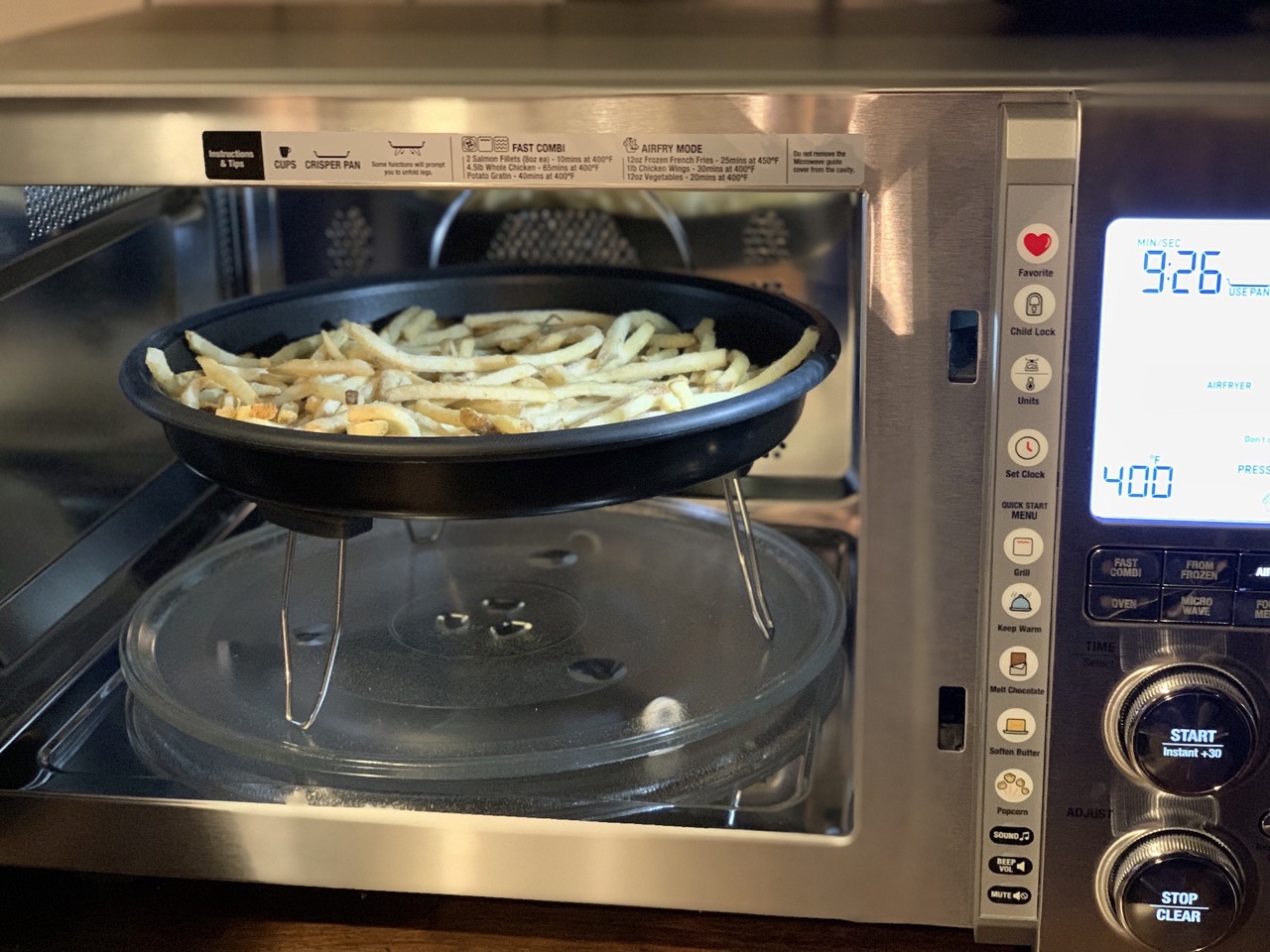
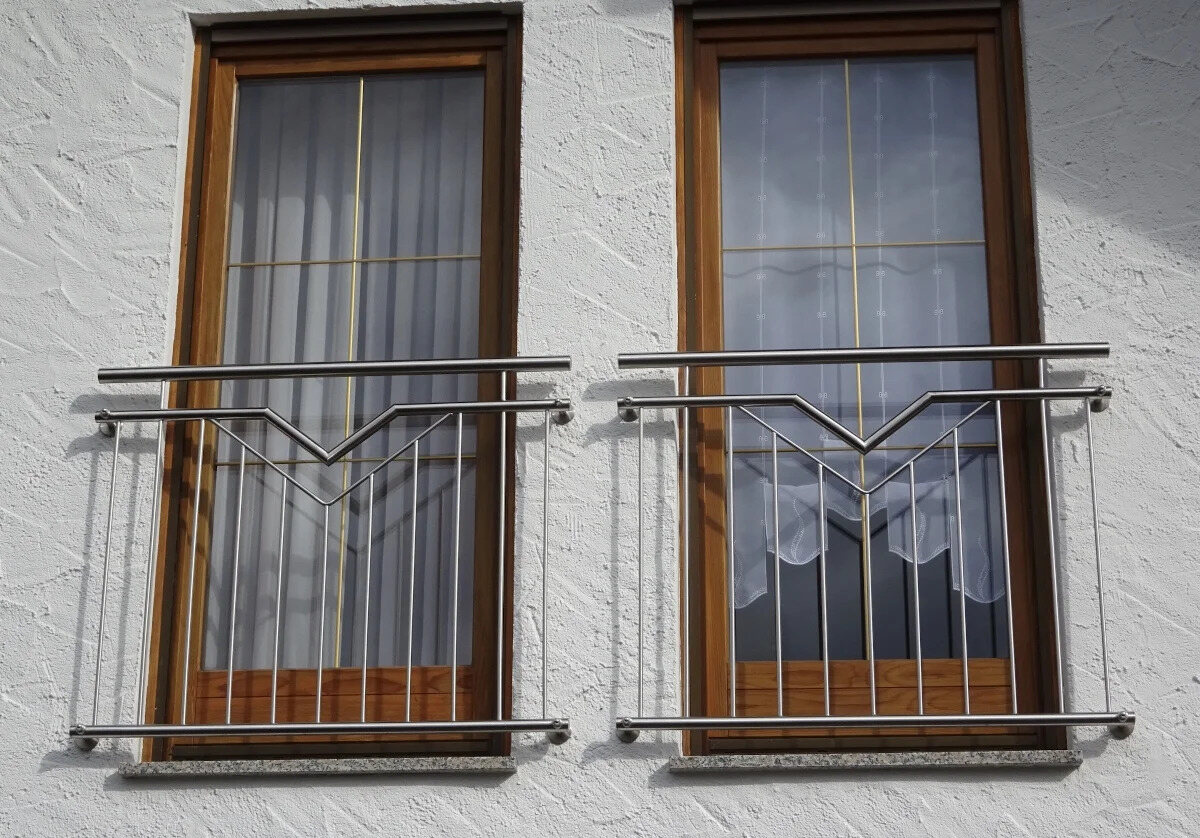
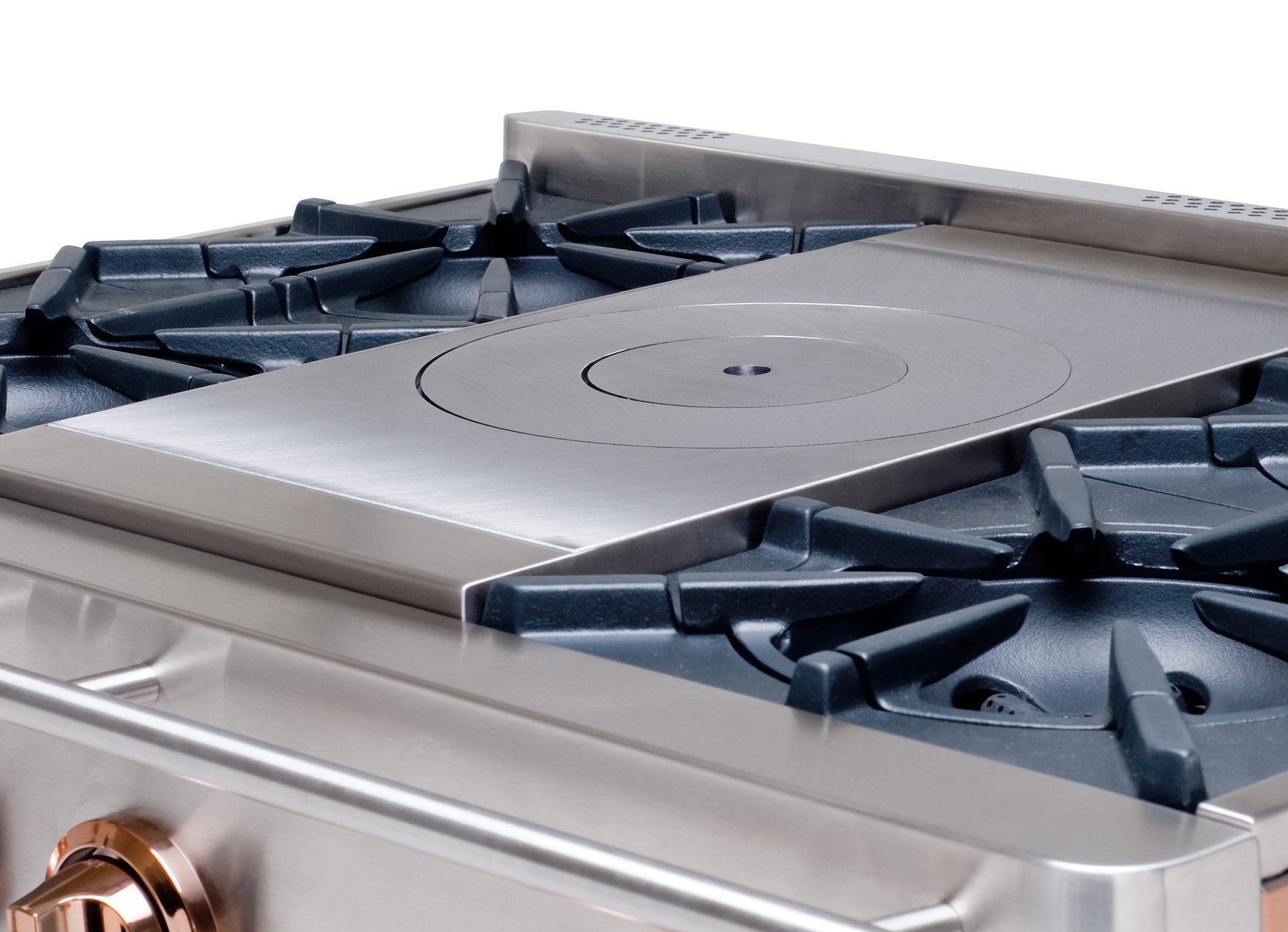
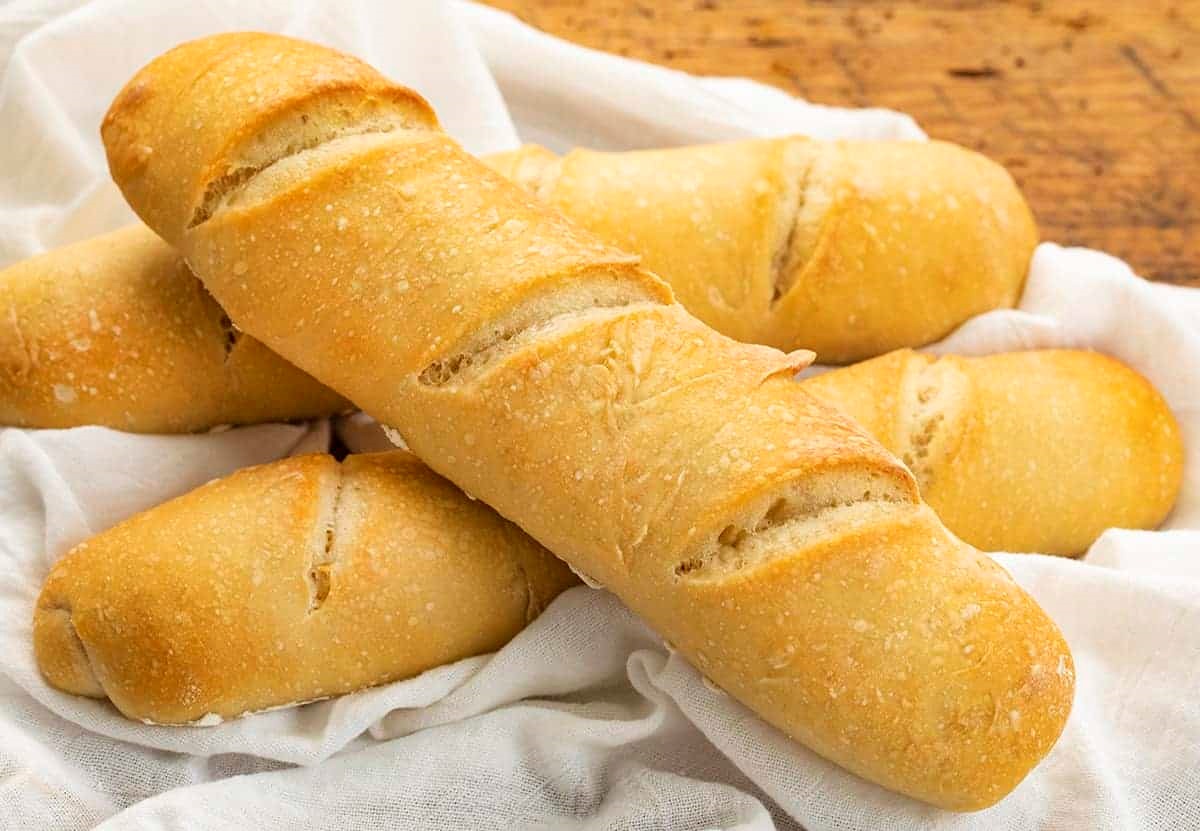
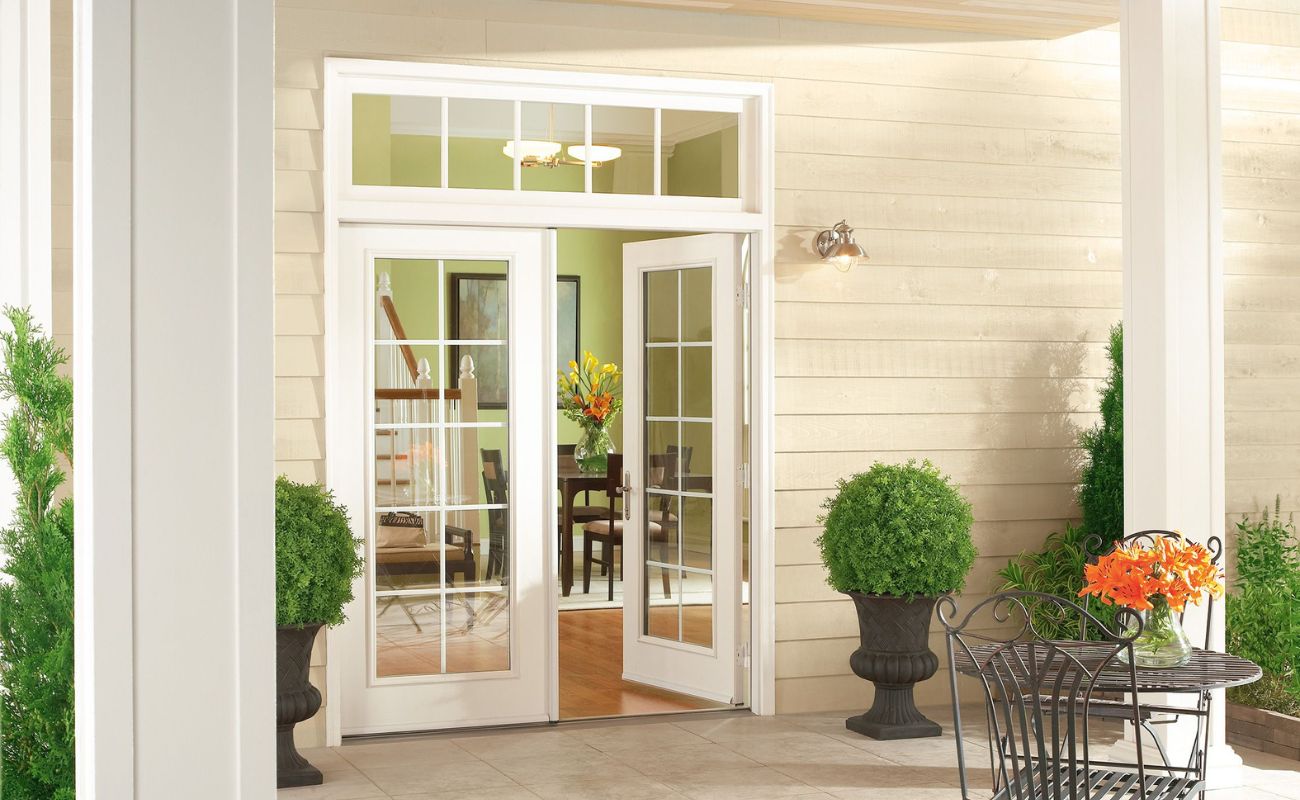
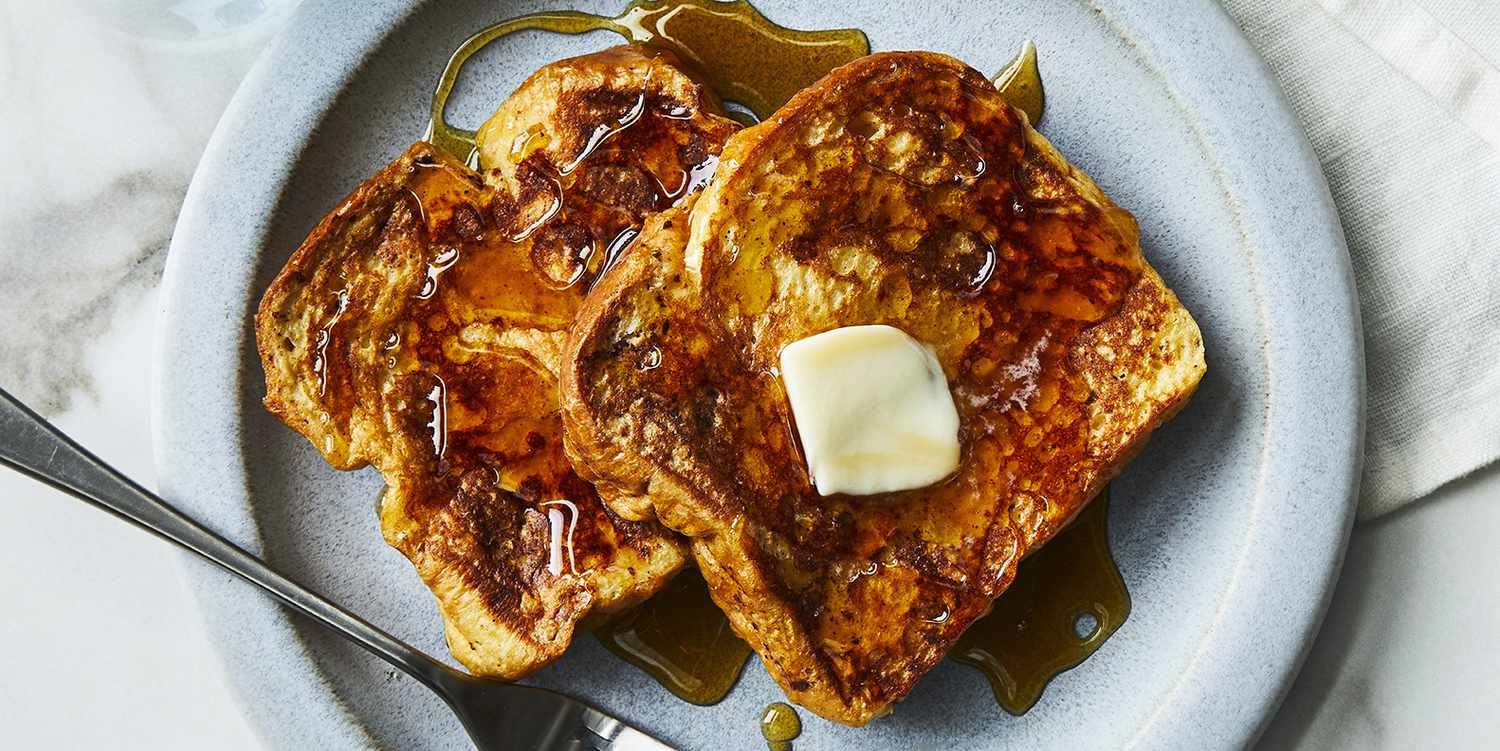
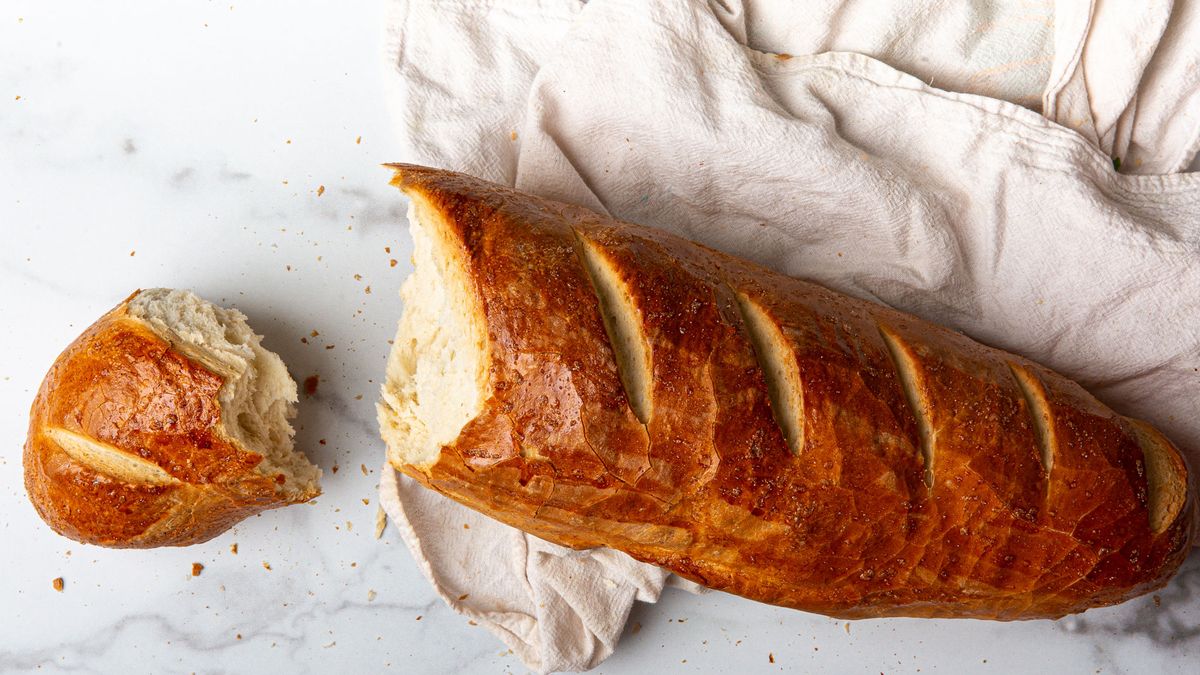
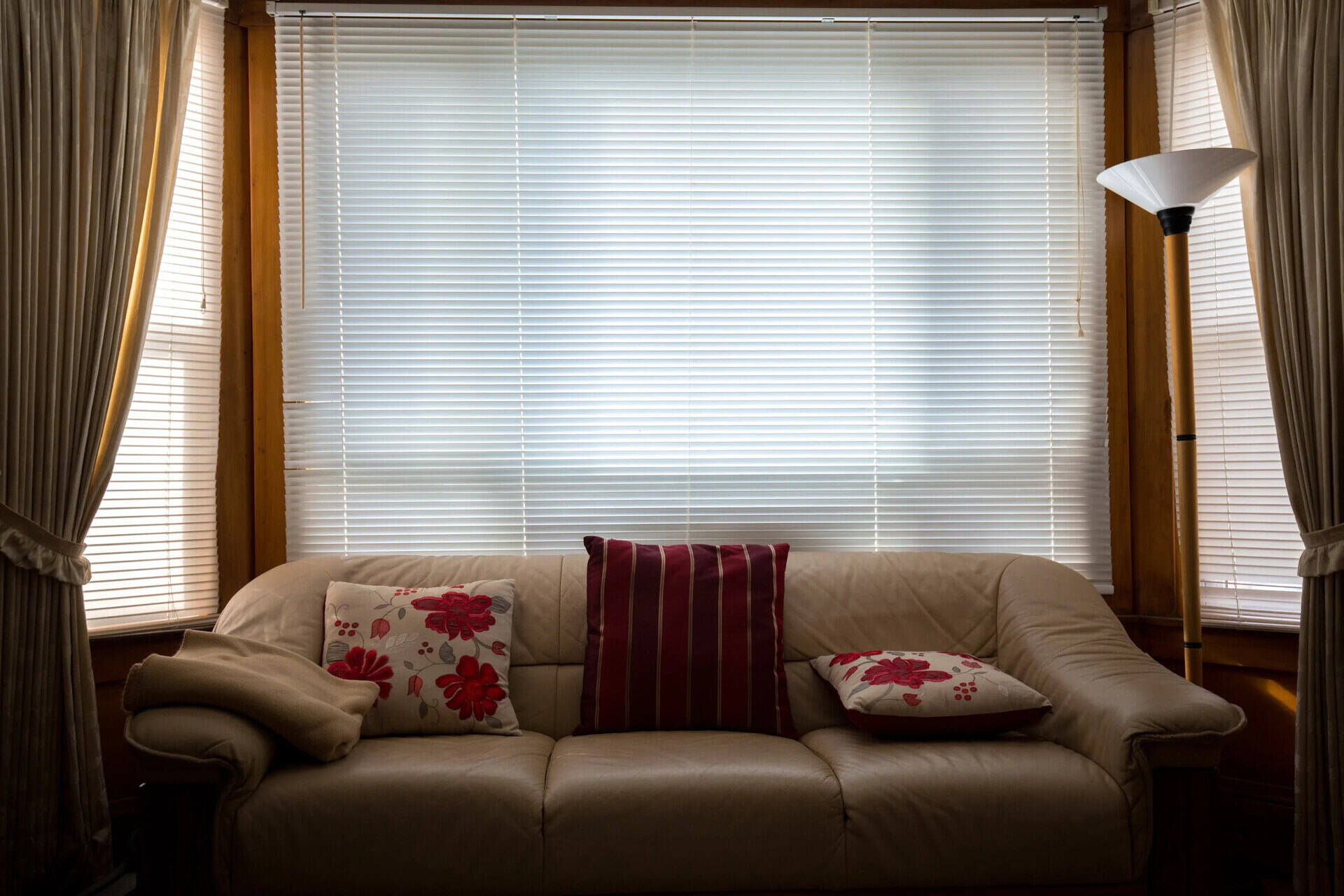

0 thoughts on “Dutch Oven Vs French Oven: Which is Better?”